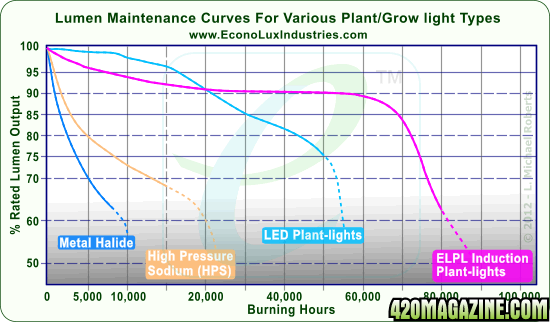mangosnapper
Well-Known Member
Inda-Grow induction grow lights make the claim that all the light spectrum's are covered and they get far better results than just about anything on the market today. ~ well if this is the case, why isn't everyone growing with them? ... I don't want to invest the money in this type of light, if LED's are comparable and getting better all the time. - " does anyone have any thoughts on this matter? " ...I would sure appreciate it, Thanks.



